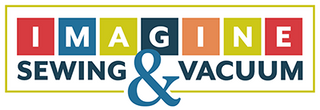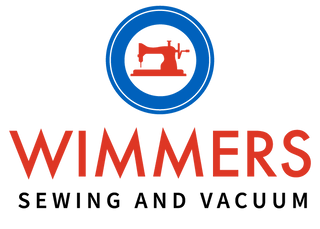A differential feed is a crucial feature found in both sewing machines and sergers, and enhances your ability to handle a variety of fabrics and achieve professional-quality stitches. This mechanism allows for precise control over the movement of fabric through the machine, ensuring a consistent and even feed.
In simple terms, the differential feed adjusts the speed at which the front and rear feed dogs move, creating either an expansion or contraction of the fabric between them. Stretchy materials, such as knits and jersey, tend to stretch and move during the stitching process, leading to distorted seams and uneven stitching. The differential feed mechanism easily handles this issue by adjusting the speed of the front and rear feed dogs independently. As a result, the fabric moves through the machine consistently, minimizing the risk of distortion and ensuring a smooth, professional finish.
Sergers, or overlock machines, also make use of the differential feed feature when stitching. Sergers are renowned for their ability to trim, seam, and finish fabric edges simultaneously, making them a key tool for efficient and polished results. The differential feed in a serger allows users to fine-tune the machine's settings, adapting to different fabric types and preventing common issues like puckering, gathering, or irregular edges.
Even if you aren’t keen on stitching with stretchy fabrics, having a differential feed on your machine is still an advantage. When sewing projects involve multiple layers of fabric, varying thicknesses, or unconventional materials, your differential feed is a valuable asset. It ensures that the machine can handle the complexities of the project, preventing uneven feeding and puckering. Additionally, differential feed comes into play when sewing decorative stitches or creating gathers with the control you need to achieve uniform and aesthetically pleasing results.
Ultimately, having a differential feed on your sewing machine will empower you to take on a diverse array of projects with confidence. The ability to tailor the machine's settings to the specific requirements of each project ensures that the sewing process becomes a seamless and enjoyable experience. With differential feed, you can explore your creativity, experiment with different fabrics, and produce projects that not only meet but exceed your expectations.



